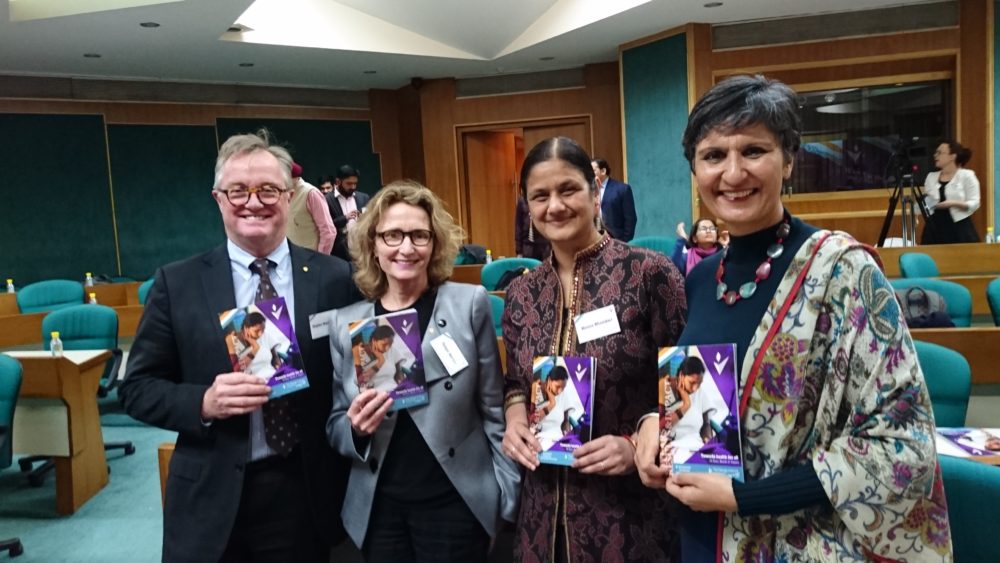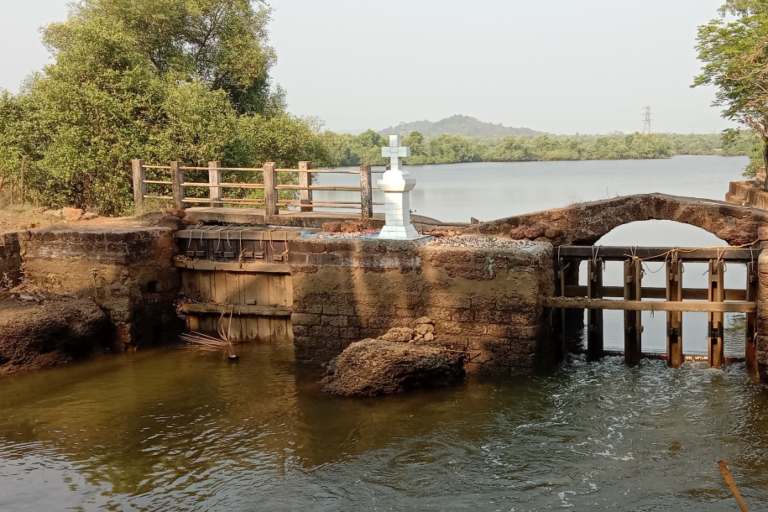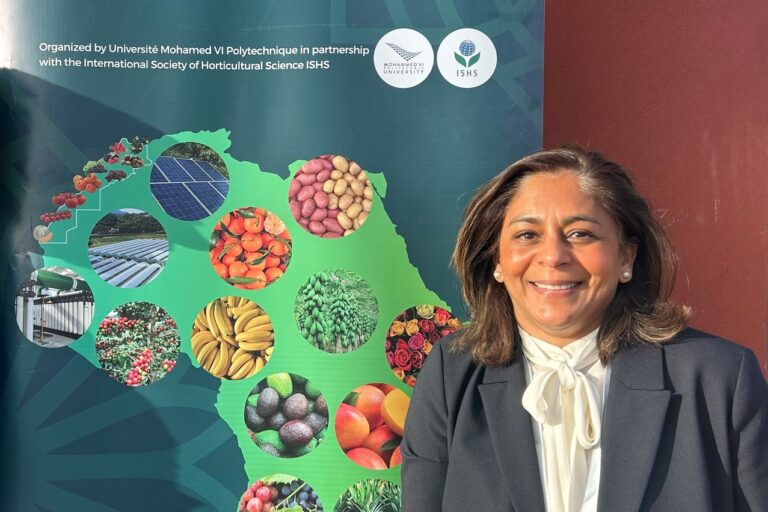By Neena Bhandari
As new epidemics of chronic disease and injury were growing in the world’s largest emerging economies, Institute co-founders, Stephen MacMahon and Robyn Norton, thought there would be value in creating a research centre focused on developing new effective and affordable solutions, in partnership with researchers in India, China and other countries in Asia.
“The main challenge at the time we founded the Institute was that the entire focus of the global health world was infectious disease, maternal and child health, and malnutrition. There was very little interest in chronic disease or injury, trauma or mental health. There was the general view that these were all diseases of rich countries and of rich people and they weren’t likely to be of much relevance to people in emerging economies. That meant that it was very difficult to raise money for projects focusing on these diseases in low and middle-income countries. So we began by building a research program in Australia and extending that to places like India and China, until we were able to find financial support that allowed us to do work that was entirely focused on healthcare solutions for these countries”, says Professor MacMahon, who is currently the Principal Director of The George Institute for Global Health (worldwide).
COMES FULL CIRCLE: Born in historic Stirlingshire in Scotland, Professor MacMahon moved with his family to Nelson in New Zealand at the age of eight. He completed high school there and then undertook studies at the University of Canterbury, before moving to Sydney, where he began his career in medical research at the University of New South Wales, which is the medical school with which The George Institute for Global Health is now affiliated in Australia.
He won a scholarship to undertake post-doctoral studies in the United States, where he worked at the US National Institutes of Health in Washington DC. He then won a further scholarship to continue his post-doctoral studies at the University of Oxford. He returned to Aotearoa – the Land of the long white cloud – to a position at the University of Auckland Hospital and Medical School. There he established the Clinical Trials Research Unit, which he directed for nine years, before moving to Sydney to set up the Institute.
As they planned the concept, they explored options of setting up the Institute in the US, the UK, Canada or Australia. Professor MacMahon says, “Australia was the most attractive as it gave us the opportunity both to establish the Institute as an independent not-for-profit medical research centre, and to work in partnership with a major university. In the other countries, it would have meant establishing an institute within a university, which would not have given us the freedom that we had in managing, growing and designing the Institute as we deemed fit”.
“The other attraction was Australia’s proximity to Asia. It was an area with which we were familiar and in which we were already working. Had we established the Institute in the UK, we would have had to have an Africa focus and had it been North America, we would probably have needed to have South American focus. But we had no history in either of those continents, so we chose Australia and Asia as our focus”, he adds.
It was from that base in 1999 that they then started to build local capacity and research centres in India and China. Professor MacMahon and Professor Srinath Reddy, president of the Public Health Foundation of India (PHFI), were then working together at the Initiative for Cardiovascular Health in Developing Countries funded by the World Bank. Professor Reddy sought Professor MacMahon’s help on a project focused on managing chronic diseases, such as diabetes and hypertension, in Andhra Pradesh. It was from that initial partnership and that initial project in East and West Godavari Districts that a bigger program was established in Hyderabad, which expanded into the work that the Institute is now doing across the country.
A CHALLENGING JOURNEY: It has been a journey with many challenges. “Initially, it was a challenge getting the financial support we required to do the work we thought was needed. But that’s changed over time and we have been able to attract much more support for our programs in India. There has also been a challenge establishing ourselves as an Indian organisation, run entirely by Indian researchers. Despite having an all Indian staff, we were initially seen as a foreign organisation, but that has changed under Professor Vivekananda Jha’s leadership. We are now much more part of the Indian medical research and public health world. That is a very important achievement, because we want to be an Indian organisation working for India, and I think we have just about achieved that”, says Professor MacMahon.
The other main challenge has been to hire Indian graduates with expertise in public health or clinical research. “Recently, the PHFI has started training students in these fields and that has been an important resource for us. We have also been training our own staff and students. The pipeline of young researchers is growing and that is very important for the future of the Institute in India. I feel at this point in time, we are definitely in a better space than we have ever been in terms of our operations in India. We have overcome most of the major challenges and we are definitely on an upward trajectory”, he adds.
A WORK IN PROGRESS: In the past decade, the Institute has made a significant contribution to creating much greater visibility of chronic disease and injuries as an important cause of death and disability in India. In broad terms, it has helped ensure that chronic disease is now on the agenda for the United Nations, for example, as well as for multilateral organisations worldwide.
The new work that the Institute has started to do on women’s health, for example, is already having an important impact across many regions. The Institute is making huge strides in healthcare systems research, working within the Indian system and developing innovative models of high-quality care at an affordable price.
Professor MacMahon says, “I think we have genuinely succeeded in cementing a place and a role for ourselves within the Indian health and medical research world. The profile we have established and the impact we have generated has really become apparent after this decade of work”.
A CARDIOLOGIST PAR EXCELLENCE: Cardiovascular disease is the number one cause of death in India. It affects large numbers of people, not just in old age but also in middle age. While a lot is known about the causes, prevention and treatment of heart disease, in India, people who have the disease or are at very high risk of it still don’t get adequate treatment. In fact, a large proportion don’t get any treatment at all. Professor MacMahon has been working to change that and to ensure that at least a minimum package of treatment is delivered to those who really need it, for example, those who’ve had a heart attack or stroke. The Institute’s SMARTHealth and Polypill programs have been very much focused on that.
“Cardiovascular disease as a health issue is now much more prominent and that is going to facilitate progress, but we still have to continue coming up with innovative ideas about how we can get the system, as it stands now, to deliver high-quality care, and what sort of technologies, products, and new workforce strategies can be put in place to help make that happen?”, says Professor MacMahon.
He points out that the problem with the system is most apparent in the poorer, rural areas, and also in some of the second and third-tier cities. He elucidates with an example of the work the Institute did in East and West Godavari Districts, where less than 20 percent of 2500 patients, who had been identified to have had a heart attack or a stroke, were getting aspirin. “And that wasn’t because aspirin wasn’t available or affordable, it was just that the system was not able to ensure that these people, who were at very high risk of dying, were not getting even the cheapest treatment. The healthcare workers were not aware that this is a very inexpensive, low-risk treatment to provide to people who have a heart attack or a stroke. Additionally, there was no system to monitor how patients were being. This remains a big challenge”, says Professor MacMahon.
GOOD OUTWEIGHS BAD IN INDIA: Good outweighs the bad in India. While he finds the air pollution, especially in Delhi, stifling; he loves the people, the friendly and respectful culture, the ancient and complex heritage, and the fabulous food.



